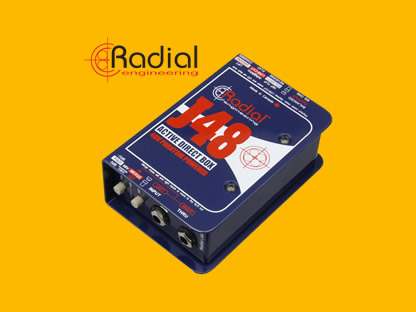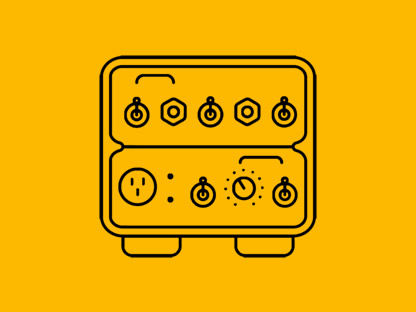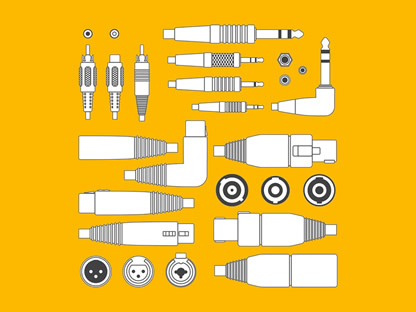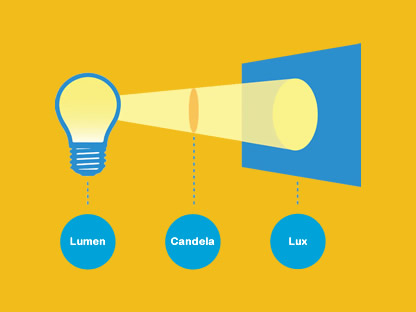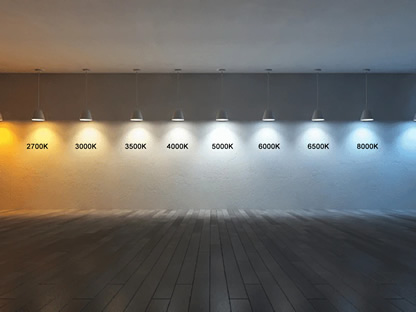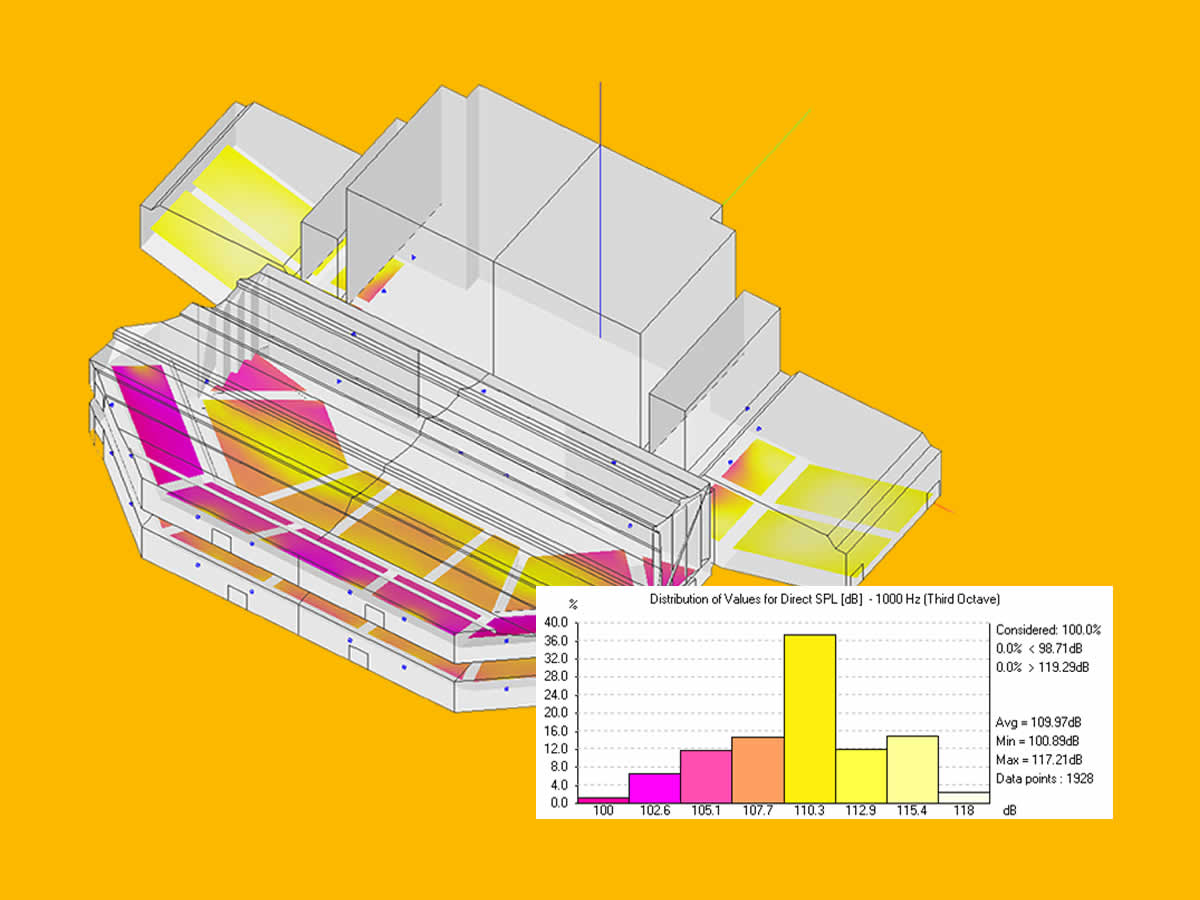
Electro and Room Acoustic Simulation
EASE, an acoustical simulation software, is developed by AFMG. This software offers various features for electrical acoustical design and spatial modeling.
Simulations model and calculate the acoustical characteristics of a specific space by deriving general patterns or rules. While such inductive methods are useful tools for gaining new information or understanding phenomena, they may also produce inaccurate results in certain situations.
Explore various issues regarding simulations.
Speaker Simulation
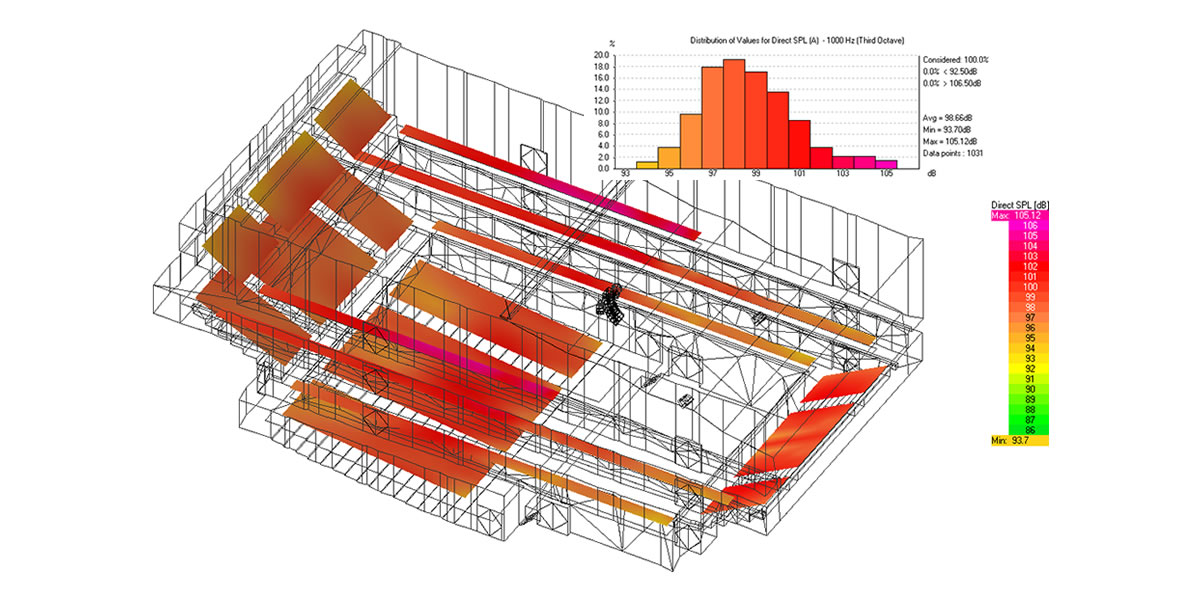
Speaker Simulation Direct Sound 1kHz - EASE
Most projects find it challenging to design sufficient speaker systems due to budget constraints.
The speakers used for installation have adequate output and frequency characteristics. Speaker design mainly involves determining the size and type of speaker units suitable for the purpose, selecting the appropriate manufacturer, and then placing them in the space accordingly.
In EASE simulation, direct sound in the frequency range from 500Hz to 4kHz is considered excellent if it exists within ±3dB range in over 85% of seats.
The reason is that many designers follow the rule of thumb that if you have good direct sound coverage you have a good system. Good coverage is usually described as being flat within plus or minus 3㏈.
Line array speakers exhibit significant changes in sound with just a 1-degree difference as you move upward. It's essential to go through the 'Prediction > Measurement > Evaluation' process and fine-tune meticulously to achieve the desired results.
Low-frequency design using woofer speakers is a crucial aspect of sound evaluation. While the size, quantity, and placement of woofer speaker units lead to different outcomes, the differences perceived by humans may not always be reflected in simulation results.
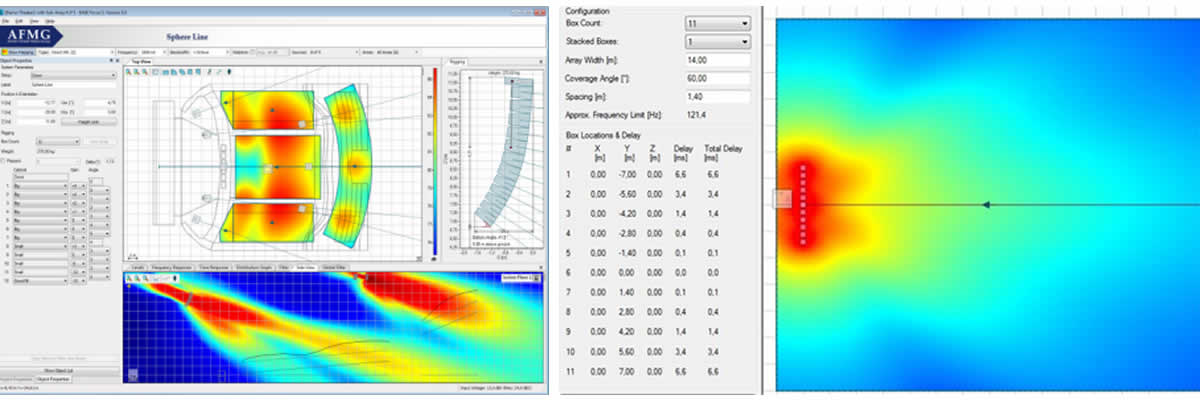
Loudspeaker Acoustic Simulation - EASE Focus
Experienced professionals can quickly draw conclusions like the following without having to perform simulations every time:
If the seating is arranged in a sloped single tier and the distance between the front of the stage and the rear of the seating is 20 meters, it is recommended to design an array of 18 main speakers. This will allow for even sound pressure distribution across the entire stage and provide the audience with a more immersive auditory experience.
Reverberation Simulation
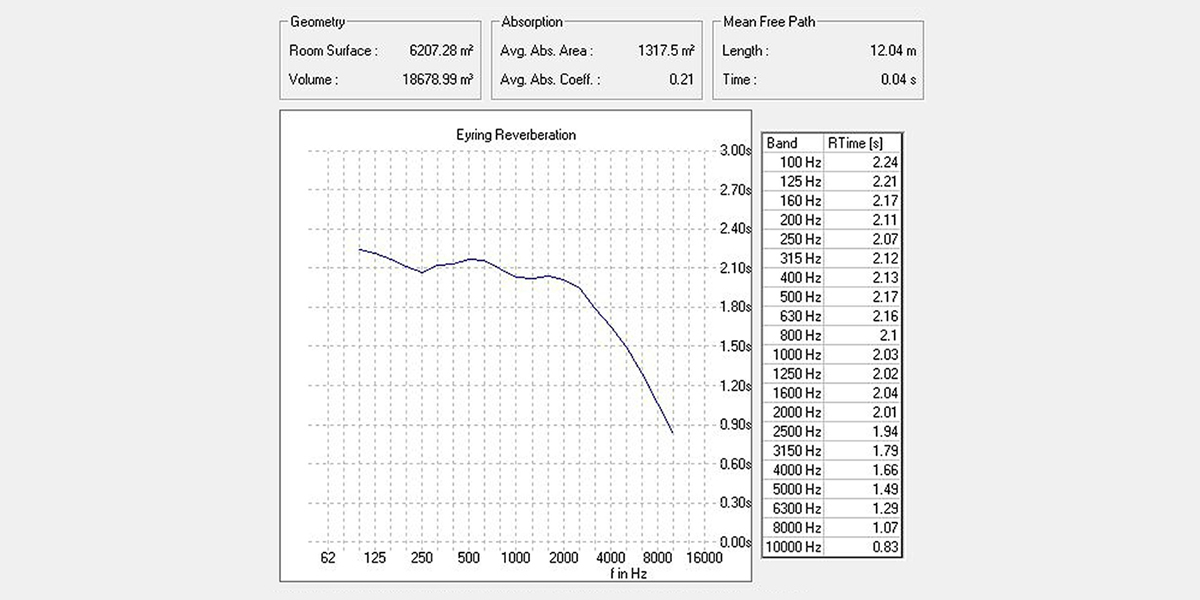
Reverberation (Eyring) Simulation - EASE
In room acoustic simulations, various formulas are used to evaluate reverberation (room resonance). Among these, the EASE software utilizes Sabine and Eyring formulas.
The Sabine formula estimates reverberation time considering the volume of the space and the absolute absorption area. It is suitable for large spaces with evenly distributed low absorption rates. In contrast, the Eyring formula provides more effective results than Sabine in spaces using various surface materials.
Since these formulas do not guarantee effective results in all spaces, interpretation and design of the data should be done by experts with extensive measurement experience.
If you can understand it, it's not technology, it's marketing.
Optimal Reverberation Time
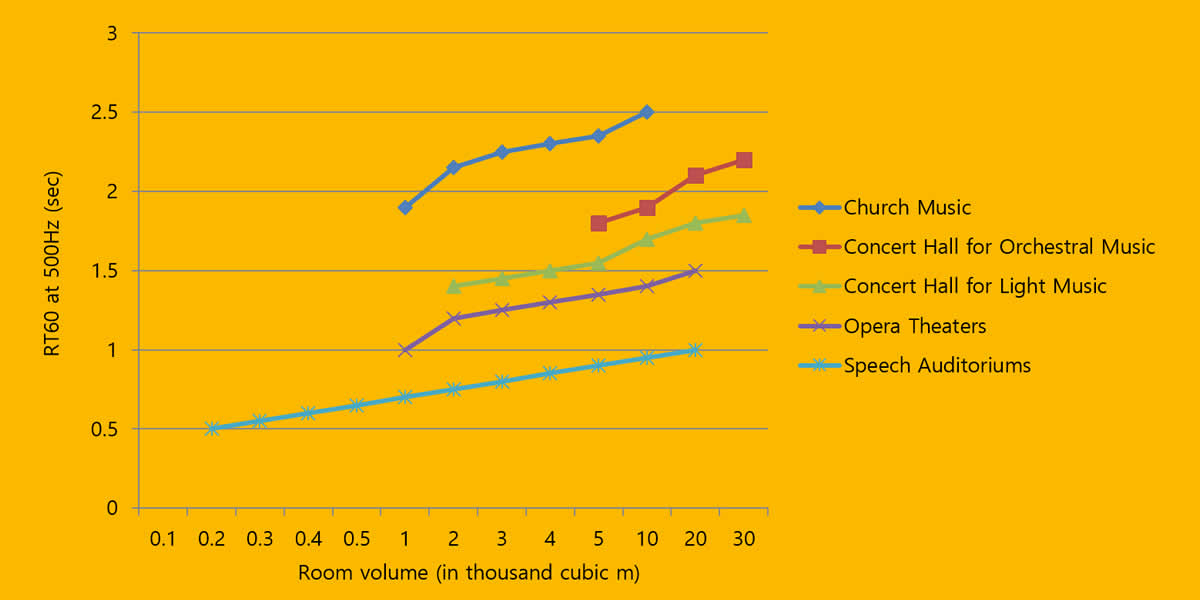
Optimal Reverberation Time by Knudsen-Harris
Setting reverberation according to 'Optimal Reverberation Time by Application' and designing through simulation, followed by measurement after completion to ensure it falls within the error range, is an effective logical approach to persuade clients. Actual design is not about setting a target value and hitting it.
In reality, there are cases where classical concert halls with low reverberation values relative to volume receive positive evaluations, while others with high reverberation relative to volume do not.
Even when RT60, EDT, C80, G mid, G 125, and LF values are within the valid range according to scale models and virtual simulations, there are cases of failure. Therefore, allocating additional budget for calibration based on actual measured values and listening evaluations is being attempted.
One important fact is that reverberation indicates the time based on the slope of sound decay, rather than the amount of sound reverberation.
Visual representations and numerical data make situations easier to understand, but if used incorrectly, they can also distort information.

